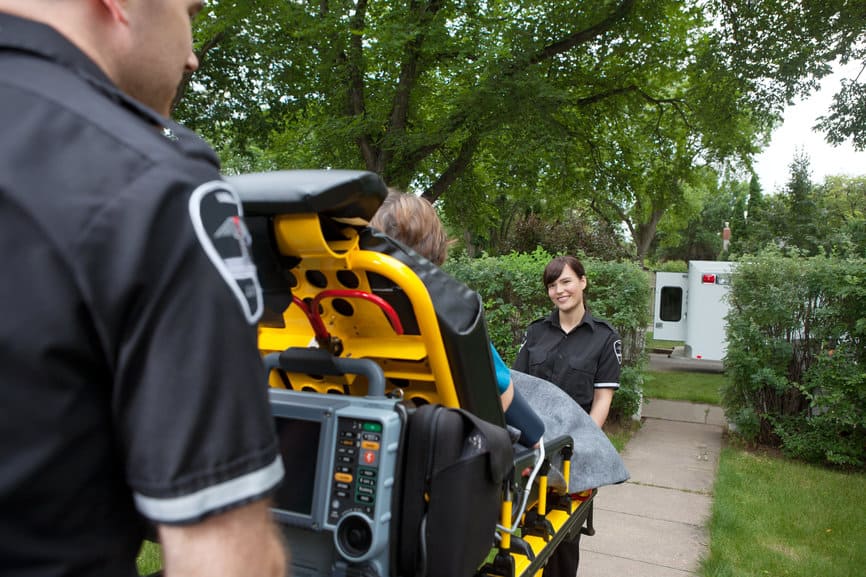
One day while walking through a big box store, a customer was struck on the head by a flying bat (the mammal, not the wooden kind). He was concerned he might have contracted rabies from this contact and came to the ED.
He didn’t have any obvious marks on his scalp, but it was impossible to be completely sure he hadn’t been bitten. His tetanus immunization was up to date. Because he had potentially been bitten by a bat, rabies prophylaxis was administered.
This consisted of both a vaccine and rabies antibodies (rabies immune globulin). This results in both passive and active immunity. The antibodies will provide passive immunity, while the vaccine stimulates his immune system to produce active immunity.
Ideally, most of the immune globulin is supposed to be infiltrated into the area of the bite; however, in many cases this is not possible due to the limited amount of volume that can be injected into small tight spaces like the finger or when the site of the bite is uncertain. Typically, whatever amount can’t be injected into the wound area is given IM at a body site separate from where the first rabies vaccination is given.
The patient was then instructed to return for three more IM shots on days three, seven, and fourteen. This is a total of four shots of vaccine. The immune globulin is only given on the first visit.
Rabies is a fatal disease often carried by mammals such as bats, skunks, racoons, foxes and coyotes. It is interesting to note that it is not carried by rodents. Nobody likes rats for example, but they don’t carry rabies. Also snakes and other reptiles don’t carry rabies either. Some snakes of course can be problematic due to venom.
Less commonly, domestic animals can carry rabies; however, because rabies is fatal if not treated, all domestic dog/cat bites need to be evaluated for risk. This means any animal without up to date documented immunity that has bitten someone must be examined by a vet and quarantined for ten days.
If there are any signs of illness in that first ten days, the recipient of the bite must undergo rabies prophylaxis. Police should be notified to facilitate cooperation of the offending pet’s owner to supply this documentation. Don’t just take someone’s word for it.
Alternatively, an animal can be euthanized and its brain assessed by a lab equipped. This is generally not necessary and not as easy to arrange. If a domestic animal is unable to be captured and quarantined, then it must be assumed the animal is rabid and the patient will get rabies prophylaxis.
Finally, it should be noted that bats’ teeth are very small, and sometimes a bite may not even be felt. Therefore, any contact with a bat should be considered a risk and managed appropriately.
If you wake up and find a bat in your room, assume you were bitten at some point during the night and get treatment.
He didn’t have any obvious marks on his scalp, but it was impossible to be completely sure he hadn’t been bitten. His tetanus immunization was up to date. Because he had potentially been bitten by a bat, rabies prophylaxis was administered.
This consisted of both a vaccine and rabies antibodies (rabies immune globulin). This results in both passive and active immunity. The antibodies will provide passive immunity, while the vaccine stimulates his immune system to produce active immunity.
Ideally, most of the immune globulin is supposed to be infiltrated into the area of the bite; however, in many cases this is not possible due to the limited amount of volume that can be injected into small tight spaces like the finger or when the site of the bite is uncertain. Typically, whatever amount can’t be injected into the wound area is given IM at a body site separate from where the first rabies vaccination is given.
The patient was then instructed to return for three more IM shots on days three, seven, and fourteen. This is a total of four shots of vaccine. The immune globulin is only given on the first visit.
Rabies is a fatal disease often carried by mammals such as bats, skunks, racoons, foxes and coyotes. It is interesting to note that it is not carried by rodents. Nobody likes rats for example, but they don’t carry rabies. Also snakes and other reptiles don’t carry rabies either. Some snakes of course can be problematic due to venom.
Less commonly, domestic animals can carry rabies; however, because rabies is fatal if not treated, all domestic dog/cat bites need to be evaluated for risk. This means any animal without up to date documented immunity that has bitten someone must be examined by a vet and quarantined for ten days.
If there are any signs of illness in that first ten days, the recipient of the bite must undergo rabies prophylaxis. Police should be notified to facilitate cooperation of the offending pet’s owner to supply this documentation. Don’t just take someone’s word for it.
Alternatively, an animal can be euthanized and its brain assessed by a lab equipped. This is generally not necessary and not as easy to arrange. If a domestic animal is unable to be captured and quarantined, then it must be assumed the animal is rabid and the patient will get rabies prophylaxis.
Finally, it should be noted that bats’ teeth are very small, and sometimes a bite may not even be felt. Therefore, any contact with a bat should be considered a risk and managed appropriately.
If you wake up and find a bat in your room, assume you were bitten at some point during the night and get treatment.

